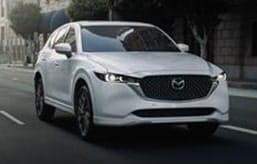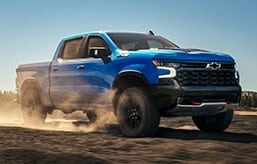- According to Tesla, the new Model S Plaid can sprint from zero to 60 mph in under 2 seconds
- A small asterisk on Tesla's website denotes the use of "rollout" in achieving this time, which effectively means the first few moments aren't measured
- Edmunds' own 0-60 testing omits rollout because we believe zero should mean zero
Since Tesla revealed the bonkers Model S Plaid, there's been a lot of talk about its claimed 1.99-second zero to 60 mph time. If you go to Tesla's Model S page right now, you'll see that figure featured prominently, though it's accompanied by a small asterisk saying "with rollout subtracted."
So what is rollout, anyway — and what does it mean for Tesla's gaudy 1.99-second claim?
Just what is rollout?
The term "rollout" comes from drag racing, which might already give you an idea of its consumer relevance or lack thereof. At a drag strip, runs are started when a vehicle's front tire crosses the timing beam that determines the start of the race. From the point where the leading edge of a front tire "rolls in" to that beam, the car will cover an additional foot (technically 11.5 inches) before the front tire's trailing edge "rolls out" of the beam. In a drag race, the timer starts at the rollout point, hence the term.
In other words, rollout gives the car a running start — it's already moving when the clock starts ticking. How much does this matter? Typically, that initial foot takes about 0.3 second to traverse, and the car is already going 3 to 5 mph when the timer starts. So if you're using rollout, you're technically not running a 0-60 test.
And that's why we don't use rollout in our own 0-60 mph testing here at Edmunds. We think zero should mean zero. Makes sense, right? You can read more about rollout and our thoughts on it in How We Test Cars and Trucks.
So how does this relate to Tesla?
It all goes back to the Model S Plaid's 1.99-second 0-60 mph time and the rollout asterisk Tesla puts on it. We're not here to argue that the Model S Plaid isn't the quickest production car on the planet. Our point is simply that the 1.99-second time isn't what it seems despite all the attention it has garnered.




 by
by